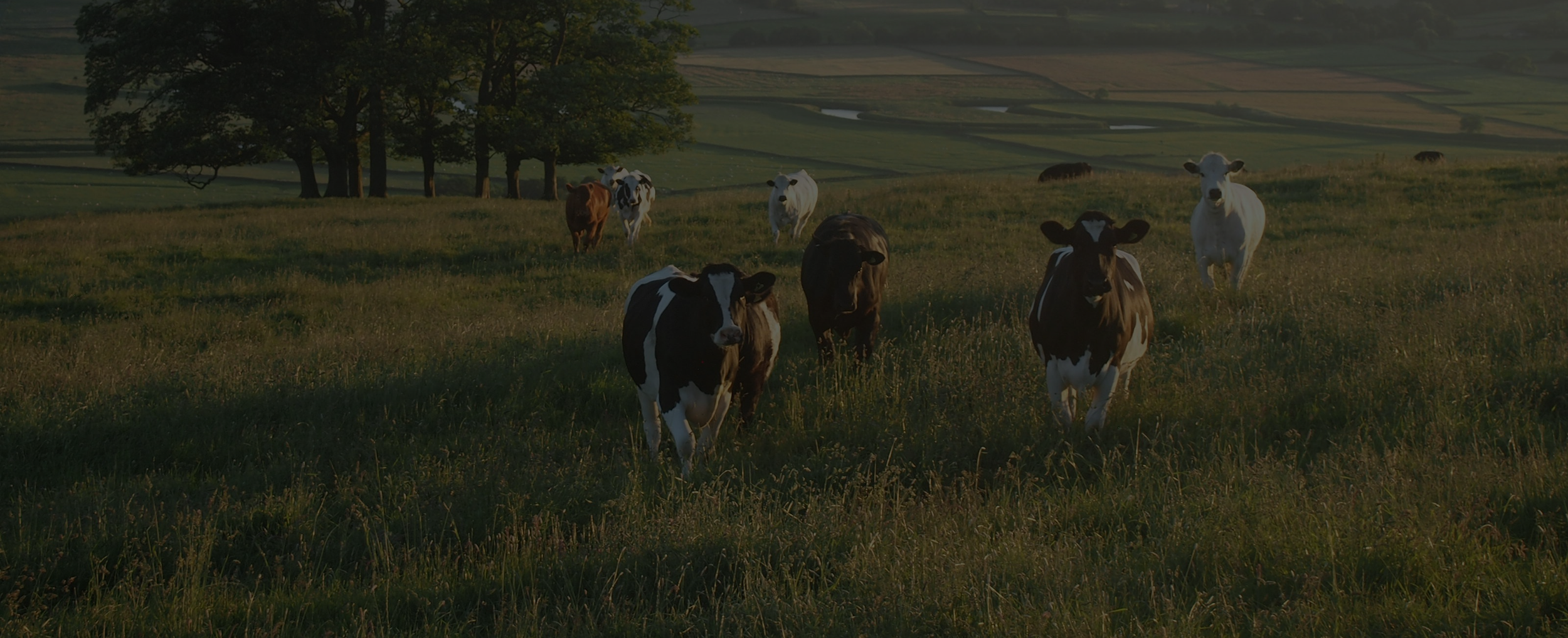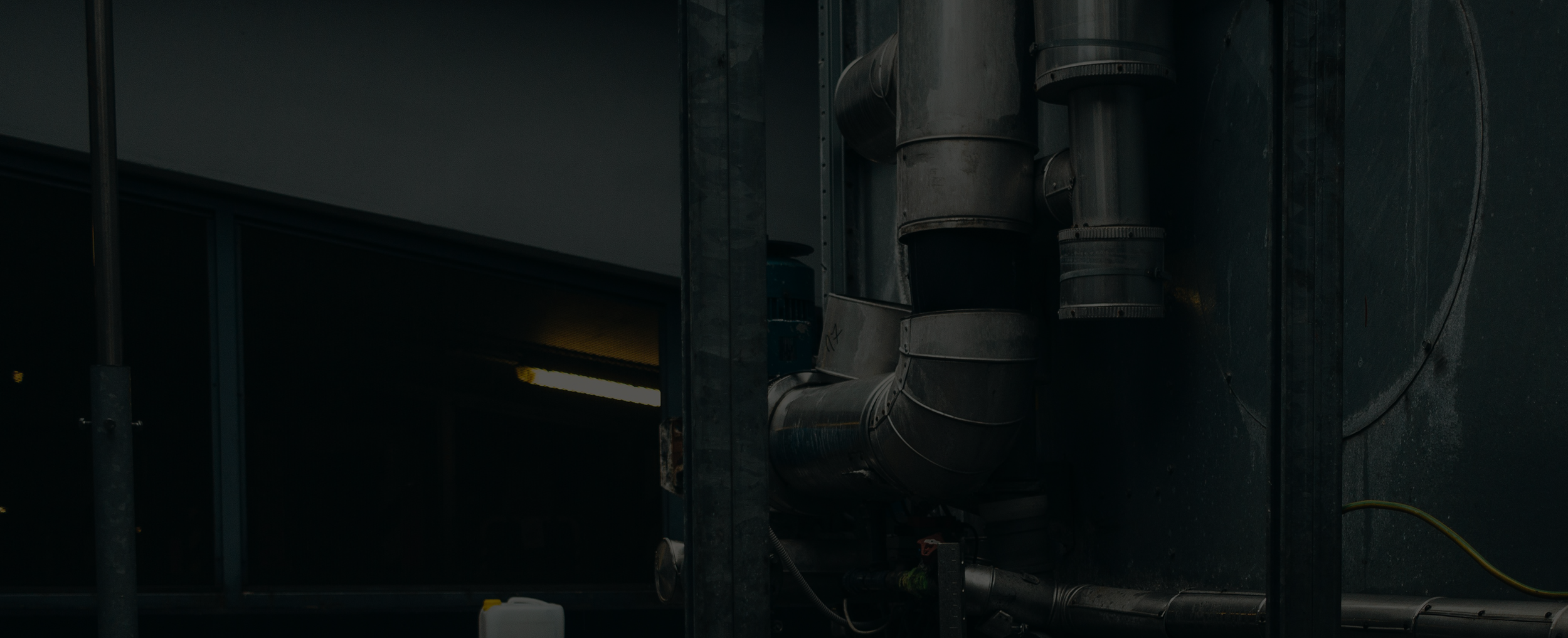Role
Skills
UX Research, UX Writing, Storyboarding, Prototyping
UX/UI Design Intern
Timeline
12 Weeks, Summer 2023
Team
Madelyn Kwon, Jen Quinlan
Cargill’s Protein Plants employ workers with varying digital literacy. Project Carve aims to create user-friendly computer vision software to enhance employee support and efficiency. This project explores plant operations, where managers assess, performance, and provide guidance on the factory floor. The end goal being to design an in-house tool to support employees and improve meat-cutting skills.
PROJECT CARVE
Computer-Vision Initiative @Cargill
Addressing the Need
To improve productivity, factory floor employees need a clear understanding of efficient meat-cutting techniques. However, they may not always be able recognize when they’re struggling or know how to correct their mistakes. As a result, managers struggle to identify performance gaps and lack the proper tools necessary to help them support and train their employees effectively.
Our Value Proposition
PRODUCTION
Clear Performance Feedback
Training & Growth Opportunities
Improved Workplace Support & Morale
MANAGEMENT
Real-Time Performance Insights
Targeted Training & Skill Development
Smarter Workforce Management
COMPANY
Increased Operational Efficiency
Data-Driven Decision Making
Financial Growth & Sustainability

THE INTERFACE
Section 1: Factory Data
This section gives managers a quick view of efficiency trends across factory tables and workstations. It displays rankings to encourage friendly competition and provides easy access to training videos for on-the-spot instruction, such as proper meat-cutting techniques. This feature supports both performance tracking and skill development to boost efficiency.
Section 2: Reports
The Reports section is designed for managers and upper management to assess the factory's performance. It helps identify areas of low efficiency, enabling the team to take appropriate action. This section is also displayed during pre-shift meetings, allowing managers to review performance data, reflect on trends, and decide on necessary steps to improve operations for the day.
Section 3: Training
The Training section provides personalized support for workstation employees based on job type, beef cut, and experience level. It allows employees to access tailored training materials, helping new or struggling workers improve their skills and ensuring a more effective learning experience for all expertise levels.
Section 4: Admin
The Admin tab is exclusively used by higher management and provides key insights into program engagement levels and factory floor interventions, allowing them to assess how the program is being utilized. It also offers camera status updates and access to video footage, which can be used to monitor and maintain factory operations, ensuring everything runs smoothly and efficiently.

CONCEPT TO CREATION
Discovery Phase
As someone new to agricultural technology, I began by researching the beef industry, including meat processing procedures, facility layouts, and best practices. I also completed a Cargill online learning module on beef types, cuts, and quality standards.
My team audited a previously rejected dashboard design. By gathering feedback from former managers and analyzing the old system, we identified key issues, such as a lack of intuitiveness and standardization. To further refine our approach, we conducted a competitive analysis of similar dashboards, allowing us to pinpoint pain points and opportunities.
Internal Interviews
During the research process, my team had the opportunity to speak with several stakeholders from Cargill Protein Facilities, including a Beef Sustainability and Project Manager. Through interviews and discussions, we gained insights into specific factory roles and production processes, and how they fit into the overall context of the facilities. We also learned about the friendly, familial environment among factory employees, which influenced our design approach.
User Personas
After learning more about the various employee roles, we created personas for each role to better understand their needs and frustrations, allowing us to design solutions that best serve them.
Storyboarding
Storyboarding was a key concept my team began working on during the early research phase and continued to refine throughout the process as we gained more insights. It helped both our team and the client better visualize the factory space and how our product would integrate with the different employee roles.
Design Guide
During the initial design phase, my team focused on creating a clear design guide to ensure organization and consistency throughout the process. After several iterations, we defined key components, button classifications, and a cohesive color palette.

LEARNINGS & OUTCOMES
By the end of our internship we delivered 60+ prototyped screens across four app sections, 7+ design sprints, and a draft product roadmap. After the prototype’s success, Cargill approved a pilot phase. My team was also honored with the "Most Competent & Collaborative Team" award from Research Park.
My key takeaways from this internship include learning agile methodology for iterative design processes and collaboration, managing client expectations on my first client-facing project, and adapting designs to bridge cultural and background gaps. I also learned how to quickly familiarize myself with an unfamiliar industry.


























